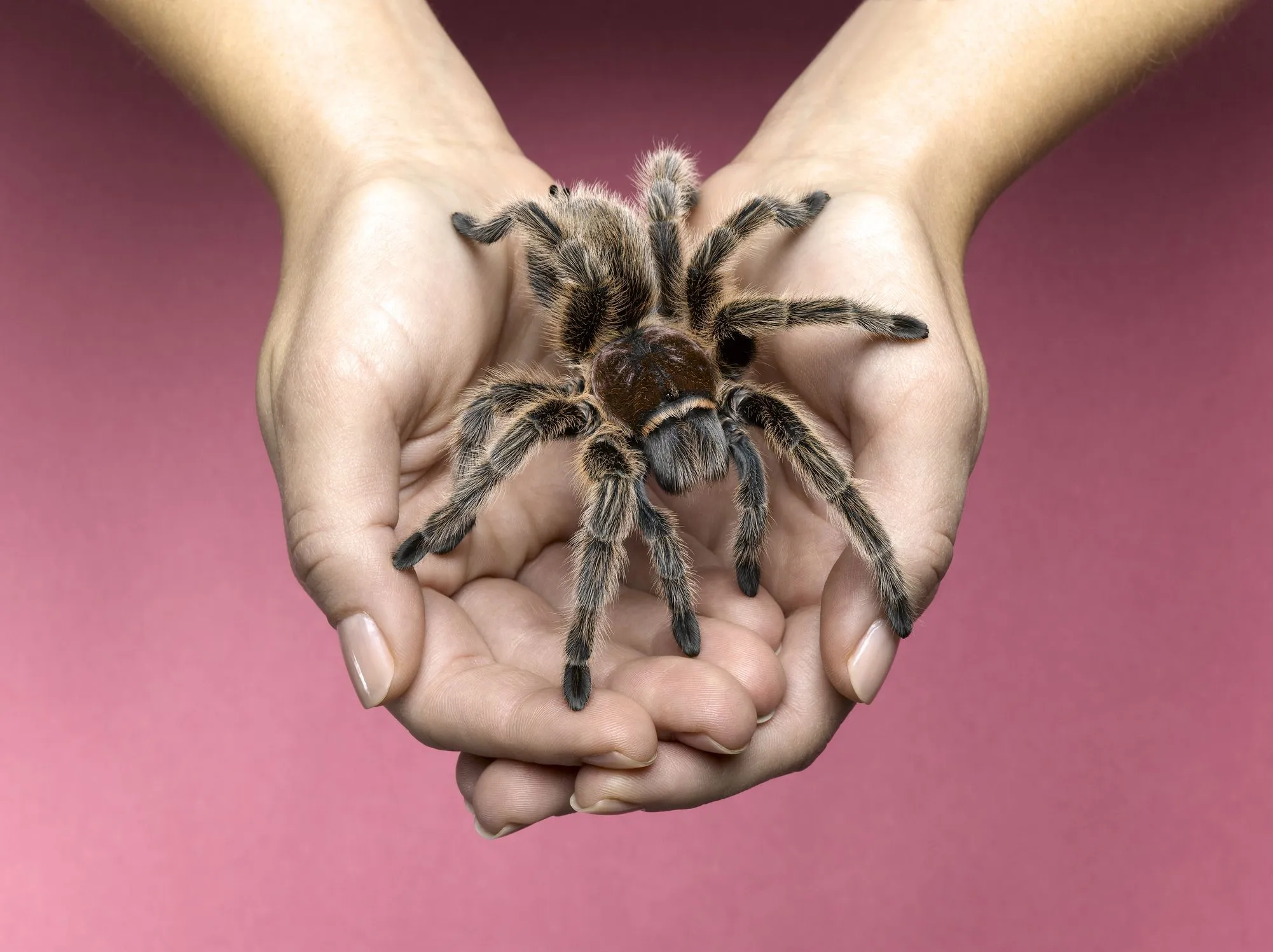Why Is Water Important for Pet Tarantulas
Water is absolutely crucial for the health and well-being of your pet tarantula. Just like humans, tarantulas need water to survive and thrive. It plays a vital role in several key bodily functions. Water helps regulate their body temperature, aids in digestion, and facilitates the molting process. A well-hydrated tarantula is generally more active, has a better appetite, and is less likely to experience health problems. Without adequate access to water, your tarantula will quickly become dehydrated, leading to serious health issues and potentially a shortened lifespan. Ensuring your pet tarantula has access to clean, fresh water at all times is one of the most fundamental aspects of responsible tarantula care.
Dehydration Risks for Pet Tarantulas
Dehydration poses a significant threat to tarantulas, and can quickly become fatal. Tarantulas, being invertebrates, lack the same internal mechanisms for water retention as mammals. This makes them highly susceptible to dehydration, especially in dry environments. Dehydration can stress a tarantula’s system, making it more vulnerable to diseases and infections. Furthermore, it can severely impede the molting process, potentially leading to a failed molt and death. Young tarantulas, in particular, are more vulnerable to dehydration due to their smaller size and higher metabolic rates. Recognizing and addressing dehydration promptly is essential for ensuring your pet tarantula’s well-being.
Signs of Dehydration in Tarantulas
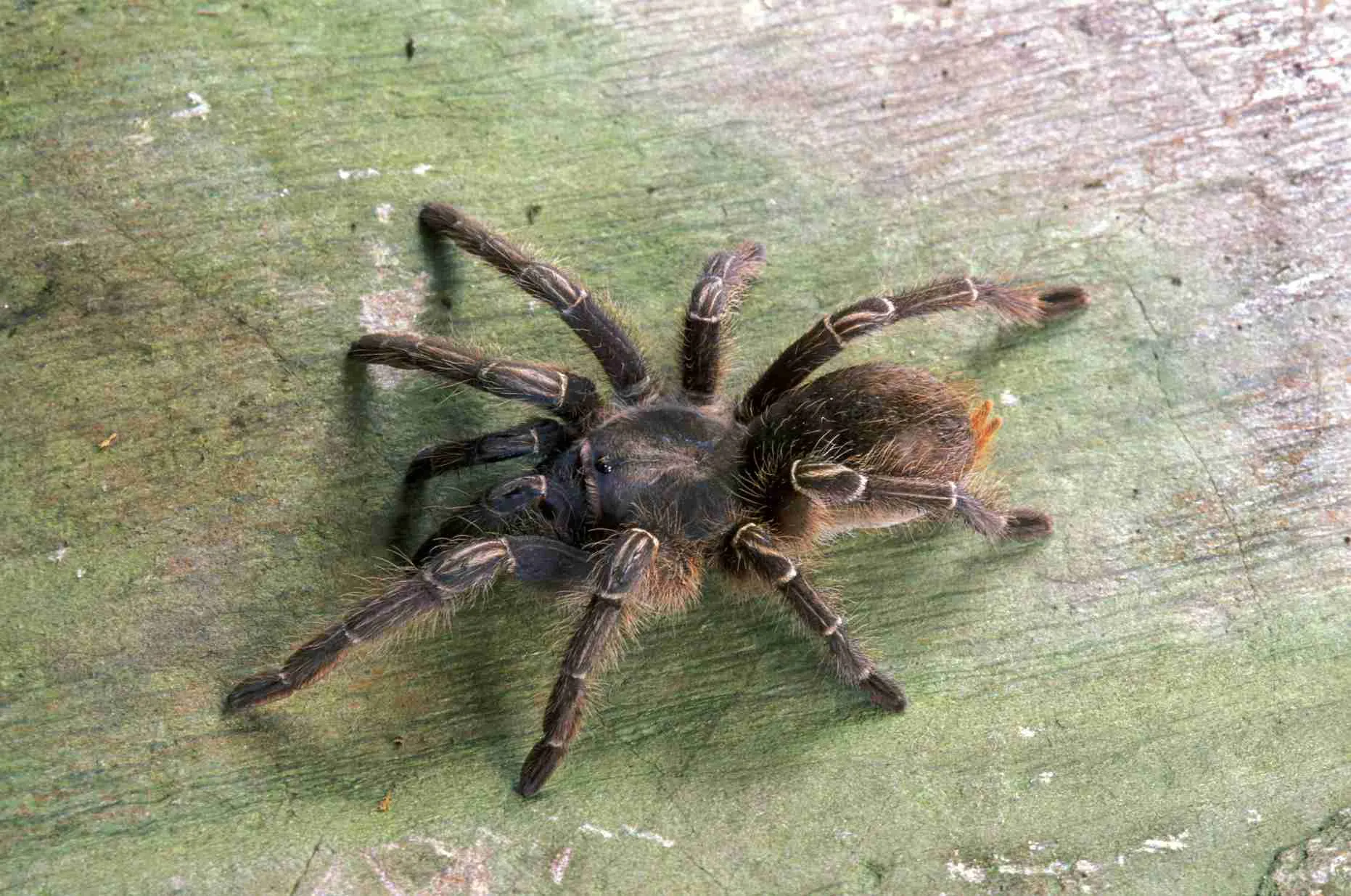
It is crucial to be able to identify the signs of dehydration in your tarantula. One of the first signs is a noticeably shrunken abdomen; the normally plump abdomen will appear smaller, and the skin may look wrinkled. Additionally, the tarantula may exhibit lethargy and a lack of activity, spending more time in its hide. Another key indicator is the lack of appetite or refusal to eat, even when offered food. In severe cases, you might observe the tarantula struggling to move or exhibiting uncoordinated movements. If you observe any of these signs, it’s imperative to take immediate action to rehydrate your pet tarantula and consult with a veterinarian or experienced tarantula keeper for advice.
Providing Fresh Water
Providing fresh water is a fundamental aspect of tarantula care and the easiest way to keep your pet hydrated. This can be achieved in several ways, with the most common method being the use of a water dish. The water dish should always be available and accessible to the tarantula, ensuring that it can hydrate whenever needed. The size and type of water dish will vary depending on the size and species of your tarantula. However, the primary goal is to provide a safe and reliable source of clean water. It’s equally important to maintain the quality of the water and regularly refill or replace it to prevent the growth of bacteria or other harmful substances.
Water Dish Options for Pet Tarantulas
There are several options for water dishes when providing water for your pet tarantula, each with its own advantages and disadvantages. Shallow, wide dishes are generally preferred, as they minimize the risk of the tarantula drowning. Glass or ceramic dishes are excellent choices because they are easy to clean and sanitize. Plastic dishes are also viable but may be prone to tipping over if not secured properly. You can also use bottle caps, petri dishes, or even small, smooth stones as water dishes for smaller tarantulas. The key considerations are stability, ease of cleaning, and the ability for the tarantula to access the water safely.
Choosing the Right Water Dish

When selecting a water dish for your pet tarantula, consider the size of your tarantula. The dish should be large enough for the tarantula to comfortably access the water, but not so large that it poses a drowning risk. The dish should be shallow to minimize this risk. The dish should also be stable, so the tarantula won’t knock it over, especially in the enclosure of a burrowing species. Non-porous materials, like glass or ceramic, are ideal for easy cleaning and sanitation, which is very important to maintain the water quality. Finally, consider the aesthetic appeal of the water dish; a well-chosen dish can enhance the overall appearance of your tarantula’s enclosure.
Maintaining Water Quality
Maintaining water quality is essential to prevent the growth of harmful bacteria and to ensure the health of your tarantula. Regularly replace the water in the dish with fresh, clean water, ideally every 1-2 days. This helps prevent the buildup of bacteria, mold, and other contaminants. Use dechlorinated water or bottled spring water. Avoid using tap water unless it has been properly treated to remove chlorine and chloramine, which can be harmful to tarantulas. Always clean the water dish thoroughly when refilling. Clean the dish with warm water and a mild, unscented soap, then rinse thoroughly to remove any soap residue before refilling it.
Refilling the Water Dish
Refilling the water dish is a simple but crucial task in maintaining a healthy environment for your pet tarantula. The frequency of refilling depends on factors like the size of the water dish, the humidity of the enclosure, and the number of tarantulas in the enclosure. Inspect the water dish daily and refill it whenever the water level is low or if the water appears dirty. Use dechlorinated or bottled water. Always ensure that the water is fresh and clean, as stagnant water can harbor bacteria and other harmful substances. Regularly refilling the water dish is a straightforward way to support your tarantula’s health and well-being.
Cleaning the Water Dish
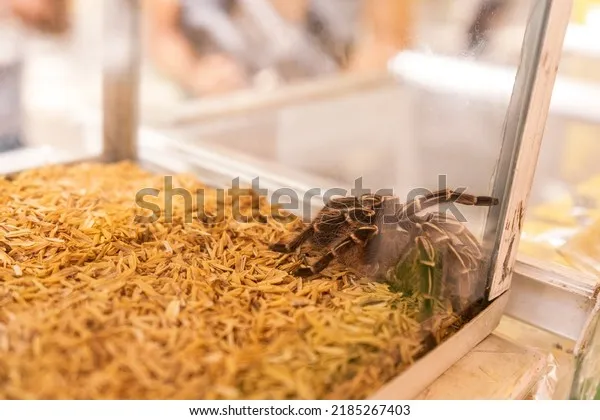
Cleaning the water dish is essential for keeping your tarantula healthy and preventing the buildup of harmful bacteria. The water dish should be cleaned every time you refill it with fresh water. Remove the dish from the enclosure and wash it with warm water and a mild, unscented soap. Avoid using harsh chemicals or strong detergents, as these can be toxic to tarantulas. Rinse the dish thoroughly to remove all traces of soap. Once the dish is clean and dry, replace it in the enclosure and refill it with fresh, clean water. Regular cleaning of the water dish is a critical aspect of tarantula care.
Alternative Hydration Methods
While a water dish is the primary method of providing water, there are alternative hydration methods that can supplement your tarantula’s water intake. These methods are particularly helpful in maintaining humidity levels or providing additional hydration, especially during molting or when the tarantula is showing signs of dehydration. Misting the enclosure and providing moist food are two alternative approaches that can be used to support your tarantula’s hydration needs.
Misting your Tarantula’s Enclosure
Misting is a method of providing hydration and increasing humidity. Use a fine mist spray bottle filled with dechlorinated water or bottled spring water to lightly mist the enclosure. Avoid over-misting, as this can lead to excessive humidity, which can be detrimental to your tarantula’s health. Mist only one side of the enclosure, allowing the tarantula to move to a drier area if it chooses. Also, monitor the enclosure’s humidity levels using a hygrometer, and adjust the misting frequency accordingly. Misting is an effective way to provide humidity for your tarantula and can be particularly helpful for species that require higher humidity levels.
Benefits of Misting
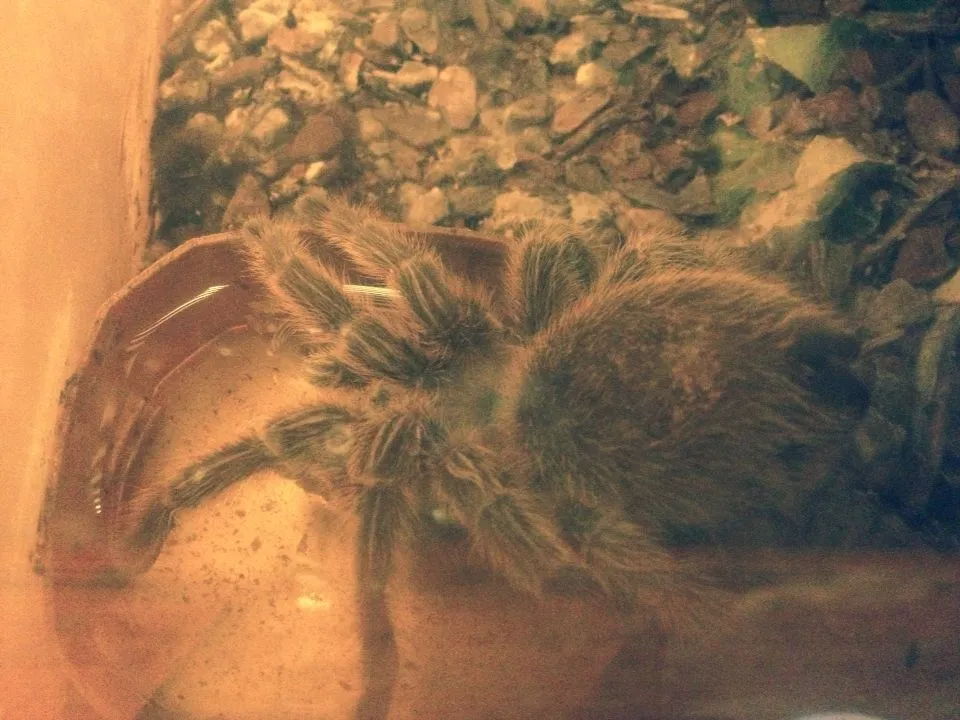
Misting offers several benefits for your pet tarantula. It helps maintain optimal humidity levels within the enclosure, which is essential for species that thrive in humid environments. Increased humidity aids the molting process, making it easier for the tarantula to shed its exoskeleton. Misting provides a supplemental water source for the tarantula, especially beneficial if the tarantula is not drinking from its water dish. Furthermore, misting can help to prevent the enclosure substrate from drying out, which can create an undesirable environment for your pet. By misting correctly, you create a healthier, more comfortable environment for your tarantula.
When to Mist
The frequency of misting depends on the specific needs of your tarantula species and the humidity level of your enclosure. As a general rule, mist enclosures with high humidity needs a couple times a week. Monitor the enclosure’s humidity level using a hygrometer and mist accordingly to maintain the desired humidity. Avoid misting your tarantula directly, as this can cause stress. Also, avoid misting when the tarantula is in premolt, as high humidity during this stage can sometimes interfere with the molting process. Misting is a valuable tool in your tarantula care routine, but it is essential to do it carefully to avoid overdoing it.
Feeding Moist Food
Feeding moist food is another way to supplement your tarantula’s water intake. The most common example is feeding the tarantula crickets or other feeder insects that have been gut-loaded with water-rich foods like fruits and vegetables. You can also provide the tarantula with a small piece of a moist food item, such as a piece of a wet mealworm. This is particularly useful for tarantulas that are reluctant to drink from their water dish or that may be experiencing dehydration. Be careful not to leave moist food in the enclosure for too long, as it can spoil and attract unwanted pests. Feeding moist food can also be beneficial during the molting process, when the tarantula may need extra hydration.
Types of Moist Food
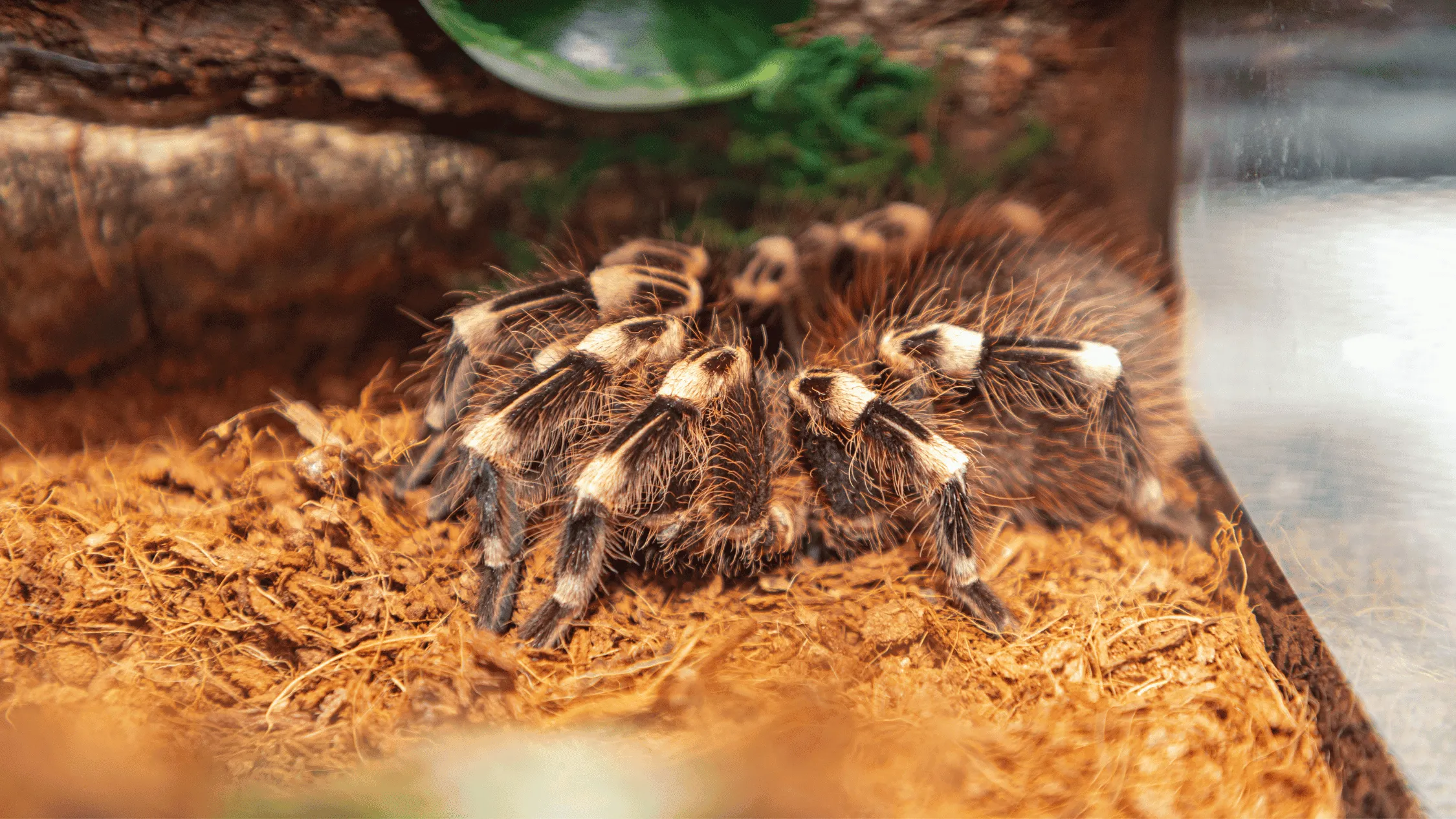
Several types of moist foods are safe and beneficial for your pet tarantula. Gut-loaded feeder insects, such as crickets or roaches, are an excellent option as they provide a source of both food and hydration. You can gut-load these insects with fruits and vegetables like carrots, apples, or lettuce, which are high in water content. Another option is to offer your tarantula a small piece of a wet food item, such as a piece of a mealworm or a piece of fruit. Remember to remove any uneaten food after a short period, as it can spoil and attract pests. By offering a variety of moist food options, you can help ensure your tarantula stays properly hydrated.
Best Practices for Water and Hydration
Implementing best practices for providing water and ensuring hydration is crucial to the care of your pet tarantula. By adhering to these guidelines, you can support your tarantula’s health and well-being and minimize the risk of dehydration. The core principle is providing a consistent and reliable source of clean water and maintaining the appropriate humidity level for your specific tarantula species. Additional hydration methods, such as misting the enclosure and feeding moist food, are important tools to provide extra hydration when necessary.
Water Temperature
The temperature of the water you provide to your tarantula is not a major concern, but it’s best to use water that is at room temperature. Extremely hot or cold water could potentially shock or stress the tarantula, particularly when the water is used for misting. Room temperature water will be more comfortable for your pet. The key is to ensure the water is clean, fresh, and readily available. Avoid exposing the water dish to direct sunlight, as this can cause the water to heat up or encourage the growth of algae.
Water Additives
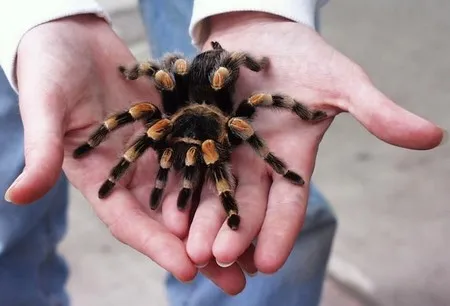
Avoid adding anything to your tarantula’s water unless specifically advised by a veterinarian or experienced tarantula keeper. Tap water contains chemicals that could be harmful. Use dechlorinated or bottled spring water. Adding vitamins or electrolytes to the water is generally unnecessary. In most cases, a healthy tarantula will get all the necessary nutrients from its diet. Stick to providing plain, clean water to avoid any potential health risks or side effects. The purity of the water is more important than any additives.
Monitoring Water Intake
Monitoring your tarantula’s water intake is an essential part of responsible care. Regularly check the water dish to see if the water level is decreasing, which indicates that the tarantula is drinking. Observing your tarantula’s behavior, looking for signs of dehydration, such as a shrunken abdomen or lethargy, is also important. These observations provide you with valuable insights into your pet’s hydration needs. Be mindful of changes in the enclosure environment, such as increased heat or decreased humidity, which can impact your tarantula’s water intake. If you notice any concerns, adjust your care routine accordingly.
Common Mistakes to Avoid
Avoiding common mistakes is crucial for ensuring your pet tarantula’s health and well-being. One of the most common mistakes is neglecting to provide a water source. Always make sure your tarantula has access to clean, fresh water at all times. Another mistake is using tap water without treating it to remove chlorine and chloramine. Over-misting the enclosure is also a common error, as it can lead to excessively high humidity levels, promoting mold growth and creating a poor environment for the tarantula. Finally, failing to monitor the tarantula for signs of dehydration or other health problems can lead to serious issues. By avoiding these mistakes, you can significantly improve the quality of life for your pet tarantula.
